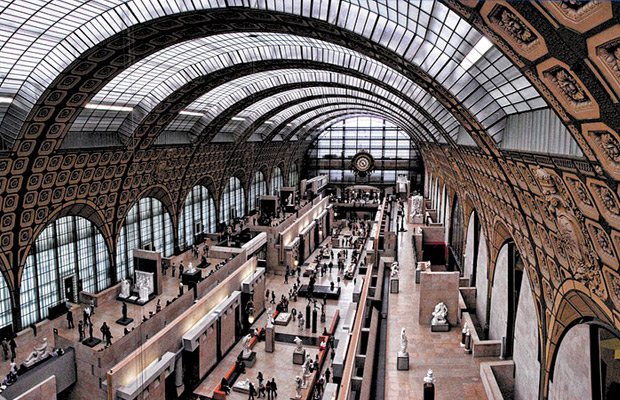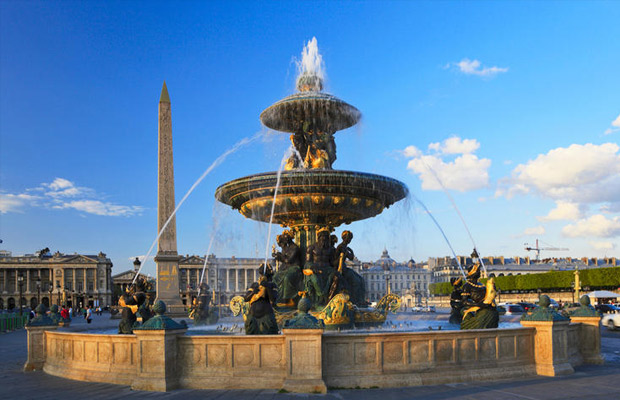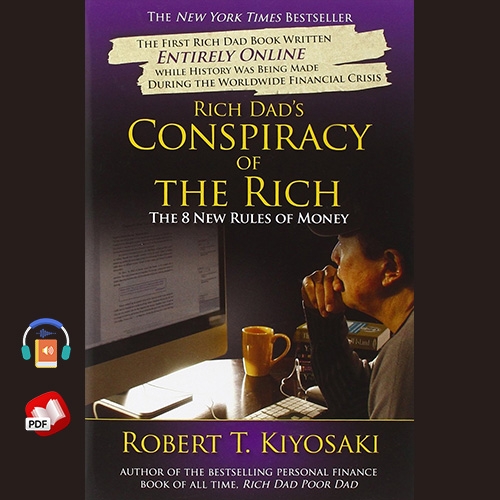Sacré-Cœur
Sacré-Cœur
France
Paris
Paris Travel Guide
Book Tour & Activities
Your tour in Paris.
Book your stay
Your hotel in Paris.
Overview
The Basilica of the Sacred Heart of Paris, commonly known as Sacré-Cœur Basilica and often simply Sacré-Cœur, is a Roman Catholic church and minor basilica, dedicated to the Sacred Heart of Jesus, in Paris, France.
Sacré-Cœur Basilica is located at the summit of the butte Montmartre, the highest point in the city. It is a popular landmark, and the second-most visited monument in Paris. Sacré-Cœur Basilica has maintained a perpetual adoration of the Holy Eucharist since 1885. The basilica was designed by Paul Abadie. Construction began in 1875 and was completed in 1914. The basilica was consecrated after the end of World War I in 1919. It is considered as both a political and cultural monument, representing a national penance for the defeat of France in the 1870 Franco-Prussian War and for the actions of the socialist Paris Commune of 1871. Sacré-Cœur Basilica was built in a neighborhood which witnessed significant events by the Paris Commune of 1871.
The inspiration for Sacré-Cœur's construction originated on 4 September 1870, the day of the proclamation of the Third Republic, with a speech by Bishop Fournier. He considered the defeat of French troops during the Franco-Prussian War as a divine punishment following "a century of moral decline" since the French Revolution.
In the decades following the revolution, a division in French society arose, between devout Catholics and legitimist royalists on one side, and democrats, secularists, socialists, and radicals on the other.[citation needed]In 1870, the French military garrison which had been protecting the Vatican in Rome, was withdrawn, and sent to the front of the Franco-Prussian War by Napoleon III. This was followed by the secular uprising of the Paris Commune of 1870-1871, and the subsequent 1871 defeat of France in the Franco-Prussian War.
Though today the basilica is asserted[when?] to be dedicated in honor of the 58,000 who lost their lives during the war, the decree of the Assemblée nationale 24 July 1873, responding to a request by the archbishop of Paris and voting its construction, specifies that it is to "expiate the crimes of the Commune."
Montmartre was the site of the Commune's first insurrection, and the Communards executed Georges Darboy, Archbishop of Paris, who became a martyr for the resurgent Catholic Church. His successor Guibert, climbing the Butte Montmartre in October 1872, was reported to have had a vision as clouds dispersed over the panorama: "It is here, it is here where the martyrs are,[6] it is here that the Sacred Heart must reign so that it can beckon all to come.
Following the resignation of the government of Adolphe Thiers, 24 May 1873, François Pie, bishop of Poitiers, expressed the national yearning for spiritual renewal— "the hour of the Church has come".[8] This would be expressed through the "Government of Moral Order" of the Third Republic, which linked Catholic institutions with secular ones, in "a project of religious and national renewal, the main features of which were the restoration of monarchy and the defense of Rome within a cultural framework of official piety," of which Sacré-Cœur was the chief lasting, triumphalist monument.
The 24 July decree voting its construction as a "matter of public utility" followed close on Thiers' resignation. The project was expressed by the Church as a National Vow (Vœu national) and financial support came from parishes throughout France. The dedicatory inscription records the basilica as the accomplishment of a vow by Alexandre Legentil and Hubert Rohault de Fleury, ratified by Joseph-Hippolyte Guibert, Archbishop of Paris. The project took many years to complete.
Address: 35 Rue du Chevalier de la Barre, 75018 Paris, France
Opened: 1914
Height: 83 m
Hours: Open ⋅ Closes 10:30PM
Architects: Paul Abadie, Jean-Louis Hulot, Honoré Daumet, Lucien Magne, Charles Laisné, Henri-Pierre-Marie Rauline
Video Travel Inspiration
See Sacré-Cœur on Map
Latest Windows Softwares
International Best-Selling Books
Lastest Mac Softwares
Best Selling Hospitality & Tourism Books
Most Popular Cities

Siem Reap
Cambodia
Ho Chi Minh City
Vietnam
Beijing
China
Paris
France
London
United Kingdom
New York
USA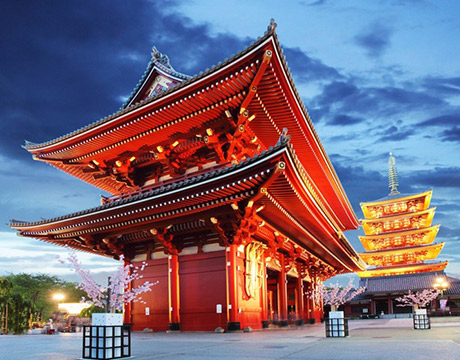
Tokyo
Japan
Bangkok
Thailand
Seoul
South Korea
Vientiane
Laos
Yangon
Myanmar
Washington DC
USA
Los Angeles
USA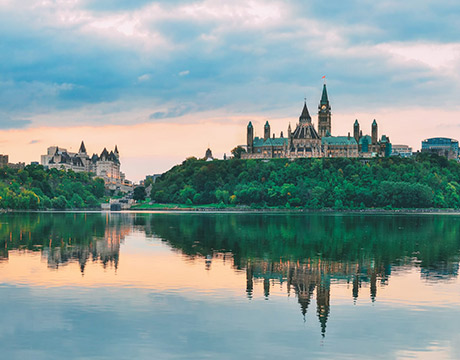
Ottawa
Canada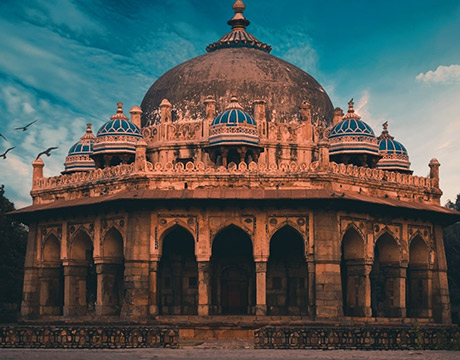
New Delhi
India
Singapore
Singapore
Kuala Lumpur
Malaysia
 English
English French
French Khmer
Khmer Thai
Thai Vietnamese
Vietnamese Chinese
Chinese Korean
Korean German
German Japanese
Japanese Italian
Italian Russian
Russian Spanish
Spanish Dutch
Dutch Indonesian
Indonesian Malay
Malay

